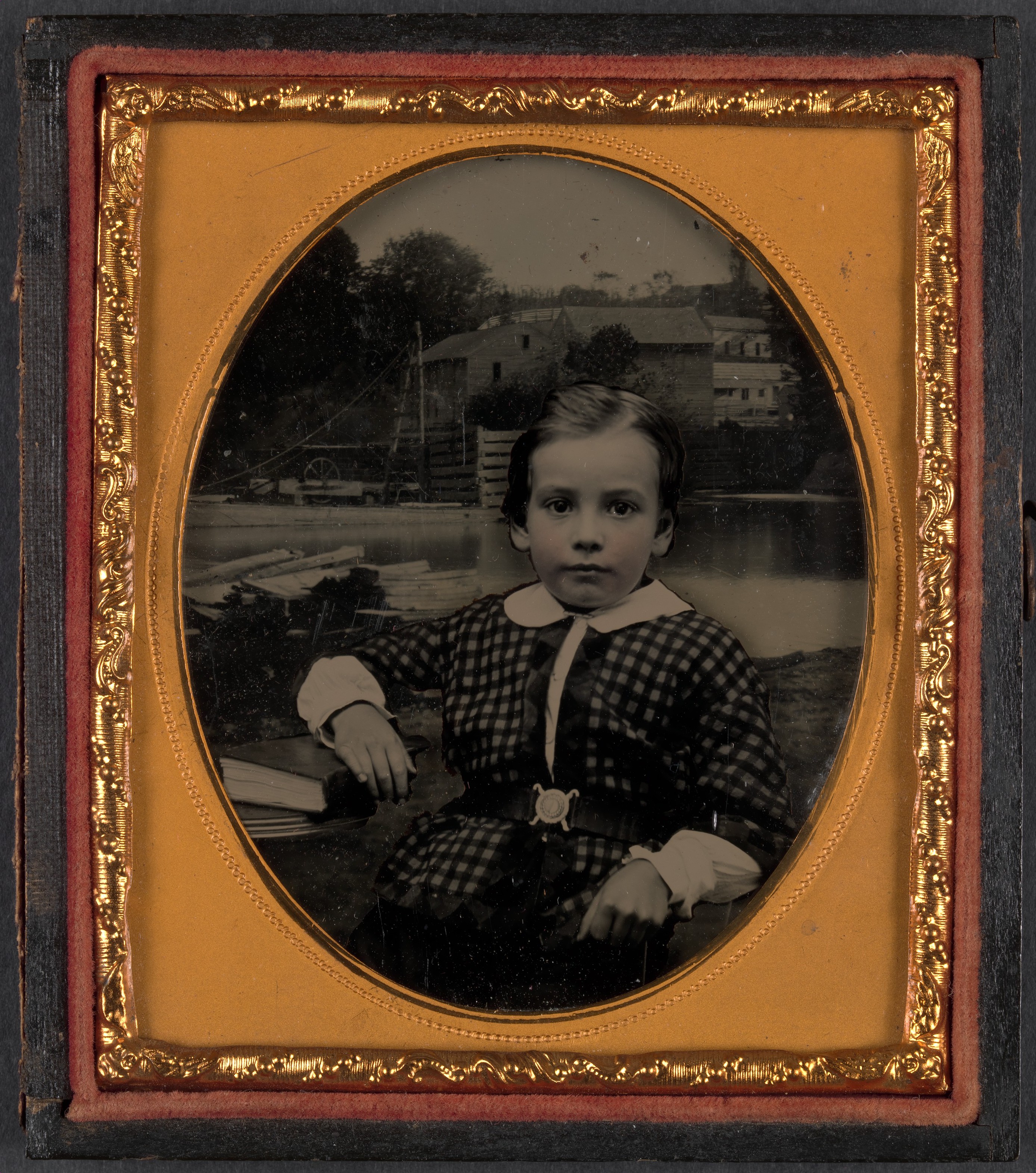I visited Buenos Aires about 10 years ago, on a tango pilgrimage to attend a tango festival there. As in any city, there are many must-see sites that any first-time visitor to the city will visit, so I was familiar with many of the places Bruce visited. Daily e-mail contact about his activities refreshed my memories and I could share in his enthusiasm for the vitality of the city.
Buenos Aires is a very photogenic city. Streetscapes vary from Parisianlike boulevards to colorful cobblestoned barrios. There's the muddy Río de la Plata and the port, life sources for the city. Bruce also ventured out to San Antonio de Areco, outside the city, where he got a taste of a less urban Argentina, complete with gauchos.
Our project focuses on the rich culture of Argentina. As Bruce and I poured over all his pictures, several themes emerged that capture the essence of our impressions of its unique culture. We are in the process of creating 8 large scale canvases that will hang in the main room of the library. Hopefully we will have time to create 4 more even larger ones, but frankly, I panic when I think of all that work! So, we have about 8 themes (subject to change); Tango, Cafe Culture, Protest, Death, Streetscapes, Carnaval, Gauchos, the River & Port (from which the nickname for residents, Porteños, stems). Work on these pieces has begun. More on that in another blogpost.
 |
| in my studio; prints, xeroxes, source photos and paper lithographs |
As I had hoped, Bruce came back with surprises. He is drawn to people and his personableness puts them at ease. He captured a breadth of faces; young, old, outlandish, worn-out, but all tell a story. Because of their particularity and dignity, I think those photos stand by themselves well, in their own places of honor.
I was delighted by a series of photos Bruce took of reflections. They are instant collages (!) created by capturing the juxtapositions that happen in a moment in time. They couldn't be more perfect for this exhibit, since I'm making collages. I'll be encouraging Bruce to print them large. Other photos, especially one he took in the Recoleta Cemetary, are just achingly beautiful and I keep saying "Big!" "Print it really BIG!" After all, we have a lot of space to work with.
Back to work in the studio for me, with lots of inspiration and plenty of work to do.
*This project is made possible (in part) by an Encore Grant from the Council on the Arts & Humanities for Staten Island, with public funding from the New York State Council on the Arts.



















 $50.00
$50.00



















